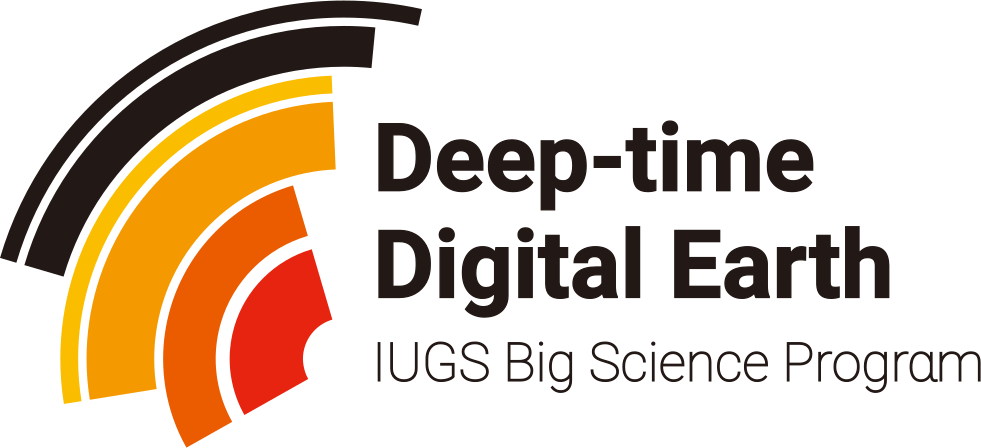
Sterilized milk

Milk is a nutrient-rich, white liquid food produced by the mammary glands of mammals. It is the primary source of nutrition for infant mammals (including humans who are breastfed) before they are able to digest other types of food. Early-lactation milk contains colostrum, which carries the mother's antibodies to its young and can reduce the risk of many diseases. It contains many other nutrients including protein and lactose. Interspecies consumption of milk is not uncommon, particularly among humans, many of whom consume the milk of other mammals. As an agricultural product, milk, also called dairy milk, is extracted from farm animals during or soon after pregnancy. Dairy farms produced about 730 million tonnes of milk in 2011, from 260 million dairy cows. India is the world's largest producer of milk, and is the leading exporter of skimmed milk powder, yet it exports few other milk products. The ever increasing rise in domestic demand for dairy products and a large demand-supply gap could lead to India being a net importer of dairy products in the future. New Zealand, Germany and the Netherlands are the largest exporters of milk products. China and Russia were the world's largest importers of milk and milk products until 2016 when both countries became self-sufficient, contributing to a worldwide glut of milk. Throughout the world, more than six billion people consume milk and milk products. Over 750 million people live in dairy farming households. The term 'milk' comes from 'Old English meoluc (West Saxon), milc (Anglian), from Proto-Germanic *meluks 'milk' (source also of Old Norse mjolk, Old Frisian melok, Old Saxon miluk, Dutch melk, Old High German miluh, German Milch, Gothic miluks)'. In food use, from 1961, the term milk has been defined under Codex Alimentarius standards as: 'the normal mammary secretion of milking animals obtained from one or more milkings without either addition to it or extraction from it, intended for consumption as liquid milk or for further processing.' The term dairy relates to animal milk and animal milk production. A substance secreted by pigeons to feed their young is called 'crop milk' and bears some resemblance to mammalian milk, although it is not consumed as a milk substitute. The definition above precludes non-animal products which resemble dairy milk in color and texture, such as almond milk, coconut milk, rice milk, and soy milk. In English, the word 'milk' has been used to refer to 'milk-like plant juices' since 1200 AD. In the US, (mostly plant-based) milk alternatives now command 13% of the 'milk' market, leading the US dairy industry to attempt, multiple times, to sue producers of dairy milk alternatives, to have the name 'milk' limited to animal milk, so far without success.


